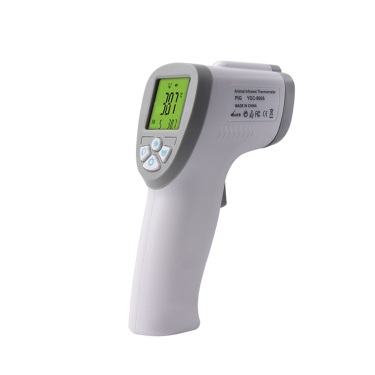Dog Thermometer: Essential Tool for Monitoring Your Pet’s Health

,文章长度1000字左右
html
Dog Thermometer: Essential Tool for Monitoring Your Pet’s Health
As a responsible pet owner, ensuring the health and well-being of your furry friend is a top priority. One of the most effective ways to monitor your dog’s health is by using a dog thermometer. This simple yet essential tool can help you detect early signs of illness, ensuring timely medical intervention when needed.
Why a Dog Thermometer is Important
Keyword: dog thermometer
Dogs, like humans, can experience fluctuations in body temperature due to various factors such as infections, stress, or environmental conditions. A normal body temperature for a dog ranges between 101°F and 102.5°F (38.3°C to 39.2°C). Any significant deviation from this range could indicate an underlying health issue.
Unlike humans, dogs cannot verbally communicate when they’re feeling unwell. By regularly checking your dog’s temperature with a dog thermometer, you can identify potential health problems before they escalate. Early detection is crucial for effective treatment and recovery.
Types of Dog Thermometers
There are several types of thermometers available for measuring your dog’s temperature. Each has its own advantages and considerations:
1. Rectal Thermometers
Rectal thermometers are the most accurate for measuring a dog’s core body temperature. These are typically digital and provide quick readings. While this method is highly reliable, it may be uncomfortable for some dogs. Always use a lubricant and handle your pet gently to minimize stress.
2. Ear Thermometers
Ear thermometers are less invasive and measure the infrared heat waves emitted from the dog’s ear canal. They provide faster readings but may be slightly less accurate than rectal thermometers, especially if not positioned correctly.
3. Non-Contact Infrared Thermometers
These thermometers measure temperature without physical contact, making them ideal for anxious or aggressive dogs. They are quick and easy to use but may not be as precise as other types, particularly in fluctuating environmental conditions.
How to Use a Dog Thermometer
Proper usage of a dog thermometer ensures accurate readings and minimizes discomfort for your pet. Here’s a step-by-step guide:
- Prepare the Thermometer: Clean the thermometer with alcohol before and after use. For rectal thermometers, apply a small amount of petroleum jelly or water-based lubricant.
- Restrain Your Dog Gently: Have someone assist you in holding your dog still to prevent sudden movements.
- Insert the Thermometer: For rectal thermometers, lift the tail and insert the tip about 1 inch into the rectum. Hold it in place until it beeps (for digital models).
- Read and Record: Note the temperature and compare it to the normal range. If it’s too high or too low, consult your veterinarian.
When to Check Your Dog’s Temperature
Regular temperature checks are not usually necessary unless your dog shows signs of illness. However, you should consider using a dog thermometer if you notice any of the following symptoms:
- Lethargy or unusual tiredness
- Loss of appetite
- Shivering or panting excessively
- Vomiting or diarrhea